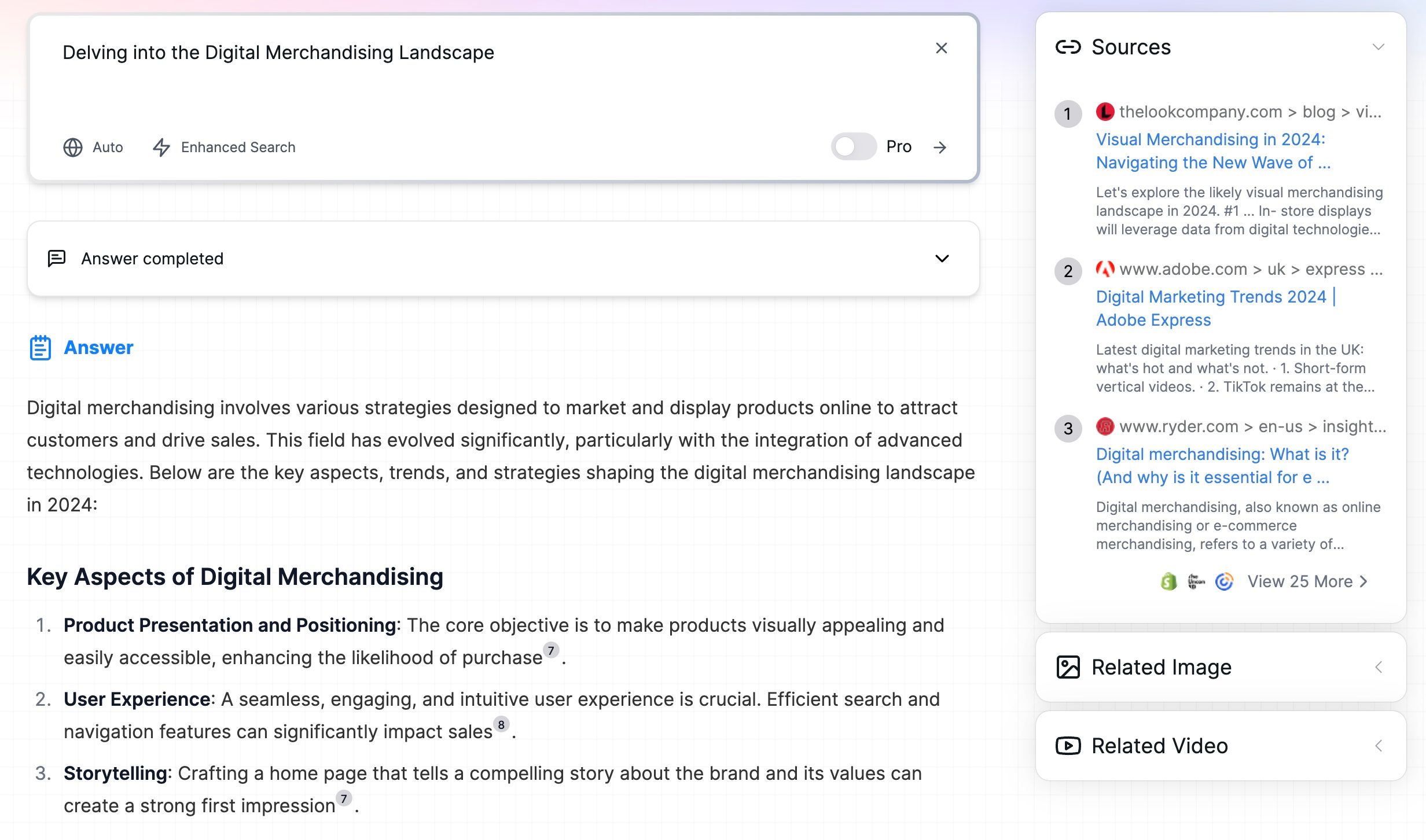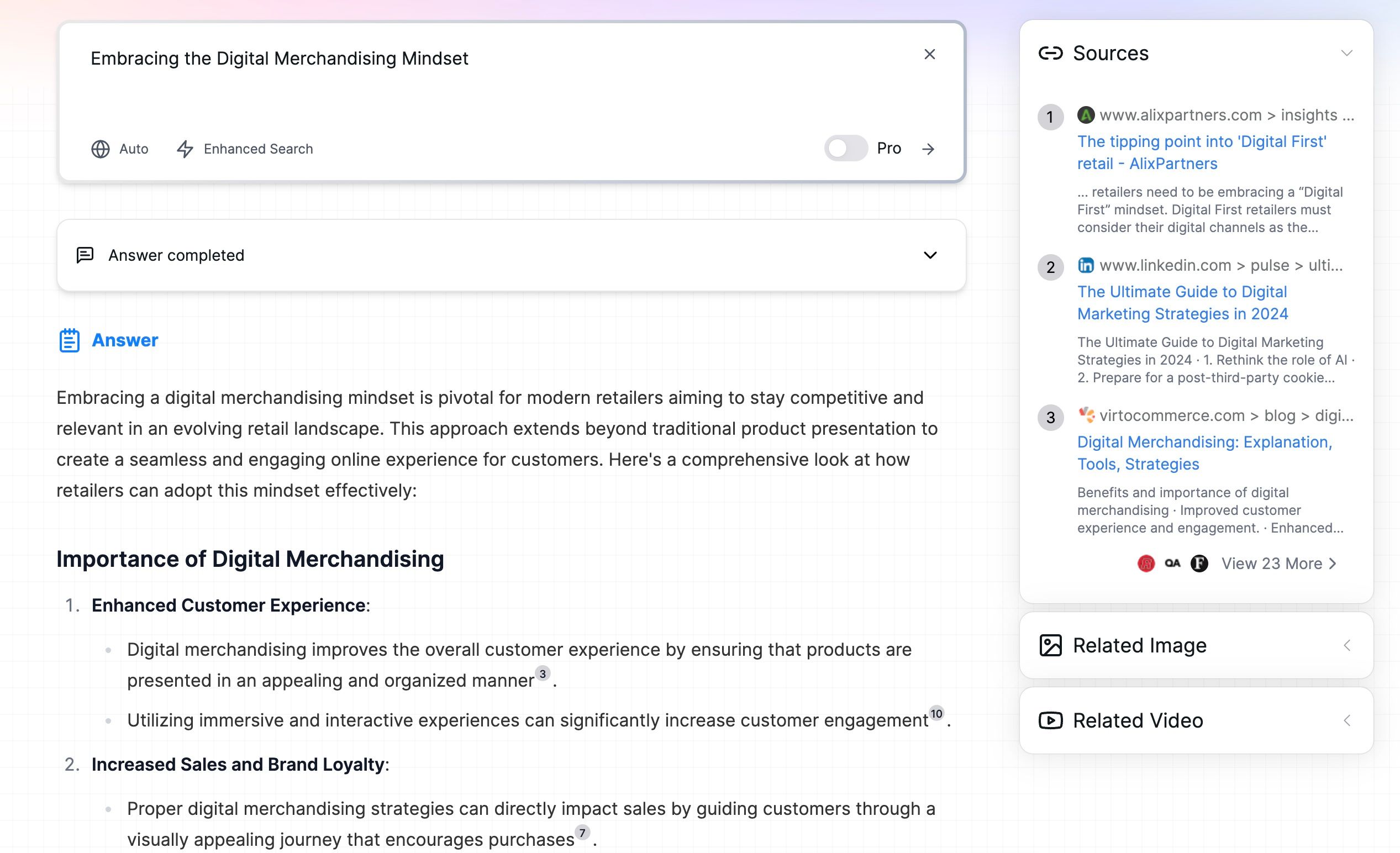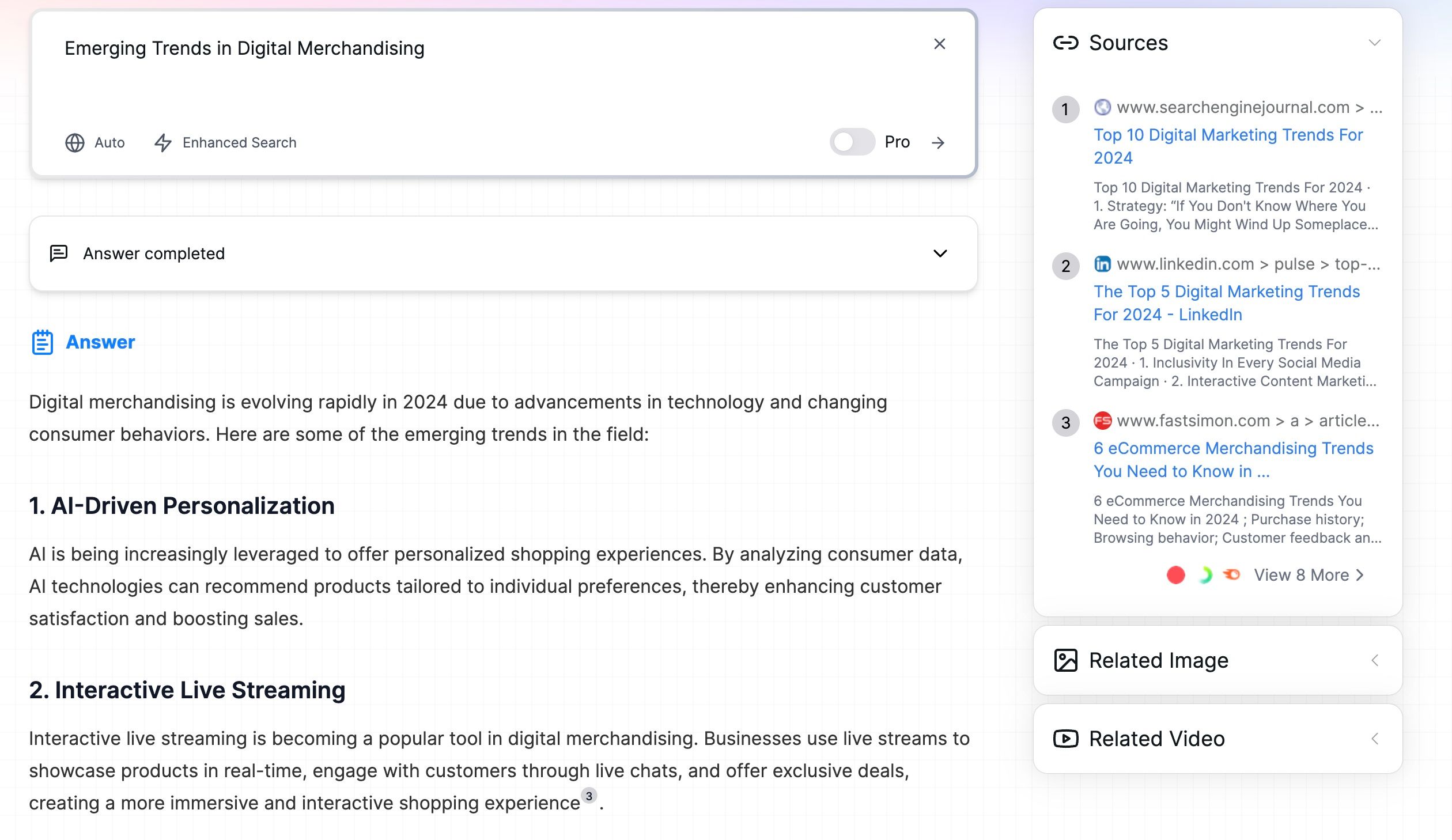Digital Product Merchandising: How to Enhance Product Appeal Online?
In the ever-evolving realm of e-commerce, digital product merchandising has emerged as a crucial facet of online success. It encompasses a strategic approach to presenting and promoting products on digital platforms, with the ultimate goal of influencing consumer behavior and driving sales.
 In the ever-evolving realm of e-commerce, digital product merchandising has emerged as a crucial facet of online success. It encompasses a strategic approach to presenting and promoting products on digital platforms, with the ultimate goal of influencing consumer behavior and driving sales.
In the ever-evolving realm of e-commerce, digital product merchandising has emerged as a crucial facet of online success. It encompasses a strategic approach to presenting and promoting products on digital platforms, with the ultimate goal of influencing consumer behavior and driving sales.
Digital merchandising extends far beyond simply displaying products and their corresponding prices. It's a multifaceted discipline that encompasses a wide range of activities, including:
- Product Information Management: Ensuring product details are accurate, comprehensive, and engaging, from captivating descriptions to high-quality images and videos.
- Product Placement: Strategically positioning products on websites and apps to maximize visibility and attract shopper attention. This involves considering factors like search rankings, category placement, and cross-selling opportunities.
- Pricing Strategies: Implementing dynamic pricing tactics that align with market trends, competitor analysis, and profit margins. This may involve personalized pricing based on customer data or promotional discounts to drive sales.
- Personalized Recommendations: Leveraging customer data and browsing behavior to provide tailored product suggestions, enhancing the shopping experience and increasing the likelihood of conversions.
- Promotional Activities: Devising compelling marketing campaigns that showcase products and entice customers to purchase. This may include email marketing, social media promotions, and targeted advertising.
The Art of Persuasive Presentation
Effective digital merchandising hinges on the ability to present products in a way that resonates with consumers and compels them to take action. This involves understanding target audiences, their preferences, and the online shopping journey they undertake.
Key Elements of Persuasive Product Presentation:
- High-Quality Visuals: Employing captivating product images and videos that showcase the product's features, benefits, and aesthetics.
- Compelling Product Descriptions: Crafting engaging and informative product descriptions that highlight key selling points and address customer needs.
- User-Friendly Navigation: Ensuring a seamless and intuitive website or app navigation that allows customers to easily find the products they seek.
- Social Proof: Incorporating customer reviews, testimonials, and ratings to build trust and credibility.
The Impact of Data-Driven Insights
Digital merchandising thrives on the power of data analytics. By harnessing customer data, website traffic patterns, and sales trends, merchandisers can gain valuable insights that inform their strategies.
Data-driven insights can be used to:
- Identify top-selling products and optimize product placement.
- Understand customer preferences and personalize product recommendations.
- Track the effectiveness of marketing campaigns and make adjustments as needed.
- Analyze pricing strategies and optimize profit margins.
The Future of Digital Merchandising
As technology advances and consumer behaviors evolve, digital merchandising is poised to become even more sophisticated and data-driven. The integration of artificial intelligence, machine learning, and predictive analytics will further enhance the ability of merchandisers to create personalized, engaging, and effective online shopping experiences.
Embracing the Digital Merchandising Mindset
To excel in the realm of digital merchandising, it's crucial to adopt a mindset that prioritizes customer-centricity, data-driven decision-making, and continuous experimentation.
Cultivating a Customer-Centric Approach
At the heart of successful digital merchandising lies a deep understanding of customer needs, preferences, and behaviors. Merchandisers must strive to empathize with their target audience, placing themselves in their shoes to understand what information, visuals, and experiences will resonate most effectively.
Harnessing the Power of Data
Data analytics serves as the lifeblood of data-driven digital merchandising. By meticulously collecting, analyzing, and interpreting data from various sources, merchandisers can gain invaluable insights into customer behavior, product performance, and market trends. These insights can then be leveraged to inform strategic decisions, optimize product placement, personalize recommendations, and refine marketing campaigns.
Embracing Continuous Experimentation
The dynamic nature of the e-commerce landscape demands a commitment to continuous experimentation. Merchandisers should not be afraid to test new strategies, tactics, and creative approaches to optimize their efforts. A willingness to experiment and learn from both successes and failures is essential for driving innovation and staying ahead of the curve.
Essential Skills for Digital Merchandising Success
To thrive in the field of digital merchandising, individuals should possess a blend of technical expertise, creative flair, and analytical prowess.
Core Skillset for Digital Merchandisers:
- Understanding of e-commerce platforms and technologies.
- Knowledge of product management principles.
- Expertise in content creation and copywriting.
- Proficiency in data analysis and web analytics tools.
- Strong communication and collaboration skills.
The Rewards of Digital Merchandising Mastery
For those who embrace the challenges and opportunities of digital merchandising, the rewards are plentiful. Not only does it offer a dynamic and intellectually stimulating career path, but it also provides the opportunity to make a tangible impact on business growth and customer satisfaction.
In the ever-evolving world of e-commerce, digital product merchandising stands as a strategic discipline that empowers businesses to connect with their customers on a deeper level, drive sales, and foster brand loyalty. By embracing a customer-centric mindset, leveraging data-driven insights, and continuously experimenting, digital merchandisers play a pivotal role in shaping the future of online shopping experiences.
Emerging Trends in Digital Merchandising
The landscape of digital merchandising is constantly evolving, driven by technological advancements and shifting consumer behaviors. To stay ahead of the curve, merchandisers must be aware of emerging trends and adapt their strategies accordingly.
Key Trends Shaping Digital Merchandising:
- The Rise of Personalization: Leveraging artificial intelligence and machine learning to deliver hyper-personalized product recommendations, tailored marketing messages, and customized shopping experiences.
- Omnichannel Merchandising: Creating a seamless shopping experience across all channels, whether customers are browsing on desktops, mobile devices, or in physical stores.
- Visual Search and Image Recognition: Utilizing image recognition technology to allow customers to search for products using images or even by taking pictures of items in their real environment.
- Voice Commerce and Conversational Marketing: Integrating voice assistants and chatbots into the shopping experience to enable hands-free product discovery and personalized interactions.
- Augmented Reality and Virtual Reality Experiences: Incorporating AR and VR technologies to enhance product visualization, provide interactive try-on experiences, and create immersive shopping environments.
Navigating the Challenges of Digital Merchandising
Despite the immense potential of digital merchandising, it is not without its challenges. Merchandisers must navigate a complex landscape of data, technology, and ever-changing consumer expectations.
Common Challenges Faced by Digital Merchandisers:
- Data Overload and Information Silos: Effectively managing and integrating data from various sources to gain holistic customer insights.
- Keeping Pace with Technological Advancements: Staying up-to-date with the latest e-commerce platforms, tools, and technologies.
- Measuring and Attributing Success: Accurately measuring the impact of merchandising strategies and attributing results to specific initiatives.
- Balancing Personalization and Privacy Concerns: Striking a balance between providing personalized experiences and respecting customer privacy.
- Aligning Merchandising with Overall Business Goals: Ensuring that merchandising strategies align with the broader business objectives and contribute to overall growth.
Conclusion
Digital product merchandising has emerged as a critical discipline in the e-commerce landscape, empowering businesses to connect with customers, drive sales, and foster brand loyalty. By embracing a customer-centric mindset, leveraging data-driven insights, and continuously experimenting, digital merchandisers play a pivotal role in shaping the future of online shopping experiences. As technology advances and consumer behaviors evolve, the field of digital merchandising will continue to evolve, presenting both challenges and opportunities for those who are prepared to adapt and innovate.


